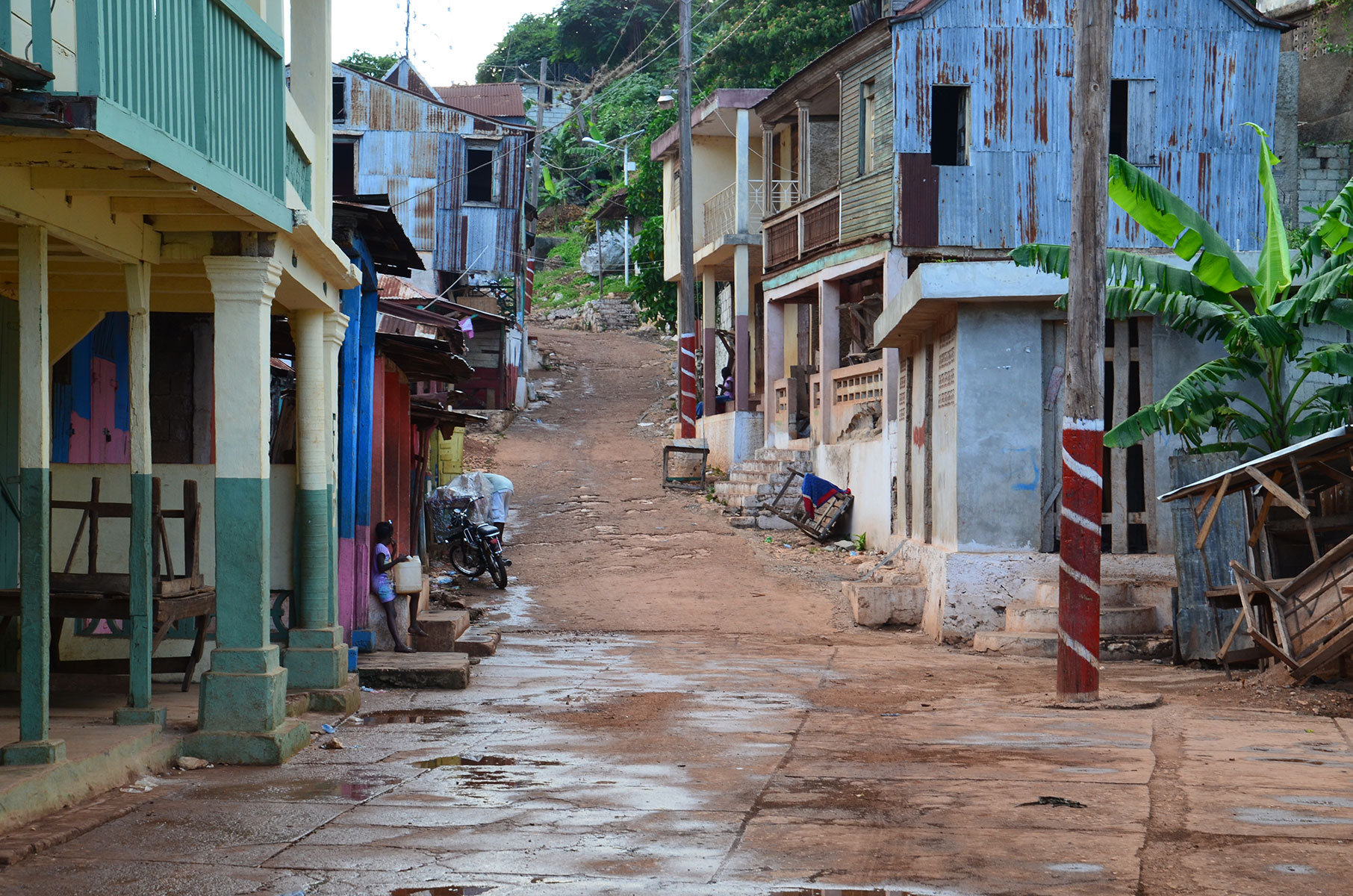The nation of Haiti is located in the Caribbean Sea, within the Greater Antilles chain of islands. It occupies the western portion of a landmass shared with the Dominican Republic. However, the two nations are distinct in language, culture, and history. In the mid-1600s, the Haitian side of the island was colonized by the French, who cultivated vast sugarcane plantations. Consequently, the island became a hub for the trans-Atlantic slave trade, as plantation owners bought and sold people who had been abducted from West Africa. These enslaved people were then put to work in the fields of the French plantation owners. For years, the enslaved population would fight back against the forces of the French and would eventually lead a successful revolt that would declare their independence as the official republic of Haiti in 1804, nearly 200 years later. It is distinguished as being the only successful slave revolt in history, resulting in independent nationhood and the abolition of the slavery of the Haitian people by the French.
Since 1804, Haiti has suffered under a series of dictatorships. Political corruption, both moral and financial, has left the nation severely underdeveloped and depleted of its natural resources. In addition, it’s location in the Caribbean makes it a frequent target of various natural disasters, including tropical storms and hurricanes. These factors, coupled with the devastating 7.0 magnitude earthquake back in 2010, have made the country of Haiti the poorest nation in the Western Hemisphere. According to the World Bank, “over 6 million Haitians live below the poverty line on less than US$2.41 per day, and more than 2.5 million fall below the extreme poverty line of US$1.23 per day.”
External References:
“Overview.” World Bank, www.worldbank.org/en/country/haiti/overview.

